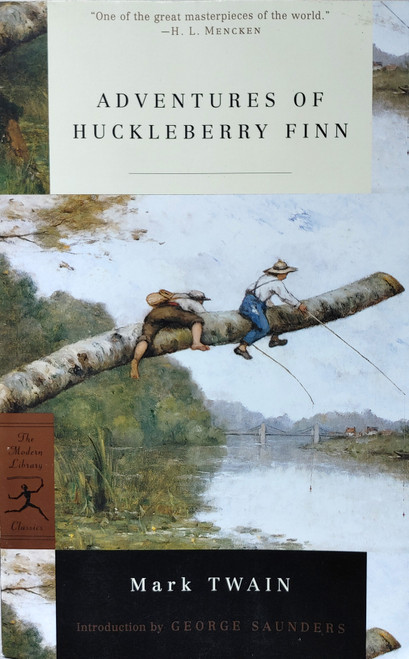Of all the contenders for the title of The Great American Novel, none has a better claim than Mark Twain's The Adventures of Huckleberry Finn. Intended at first as a simple story of a boy's adventures in the Mississippi Valley-a sequel to Tom Sawyer-the book grew and matured under Twain's hand into a work of immeasurable richness and complexity. More than a century after its publication, the critical debate over the symbolic significance of Huck's and Jim's voyage is still fresh, and it remains a major work that can be enjoyed at many levels: as an incomparable adventure story and as a classic of American humor. This Penguin Classics edition features an introduction by John Seelye, author of The True Adventures of Huckleberry Finn, and explanatory notes by Guy Cardwell.
About the Author
Mark Twain was born Samuel Langhorne Clemens in Florida, Missouri, in 1835, and died at Redding, Connecticut in 1910. In his person and in his pursuits he was a man of extraordinary contrasts. Although he left school at twelve when his father died, he was eventually awarded honorary degrees from Yale University, the University of Missouri, and Oxford University. His career encompassed such varied occupations as printer, Mississippi riverboat pilot, journalist, travel writer, and publisher. He made fortunes from his writing but toward the end of his life he had to resort to lecture tours to pay his debts. He was hot-tempered, profane, and sentimental—and also pessimistic, cynical, and tortured by self-doubt. His nostalgia helped produce some of his best books. He lives in American letters as a great artist, the writer whom William Dean Howells called “the Lincoln of our literature.”
Guy Cardwell (1906–2005), volume editor, was emeritus professor of English at Washington University in St. Louis. He was the author of numerous books and articles about Mark Twain.







